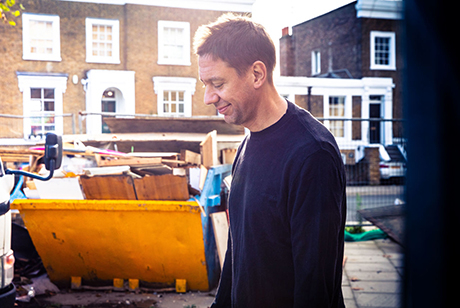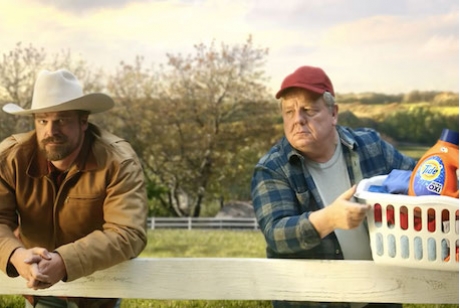Tokyo - The Reebok viral campaign for the Taikan line of performance wear is an excellent example of how to do a viral campaign right. The KPI results speak for themselves." So says Zach Taub, Reebok's Brand Director. The video is a parody based on a very well known exercise show in Japan.
The campaign ran from April 1 to mid-May and was designed to raise awareness of the Taikan product line. The icing on the cake for this campaign was the recent announcement by YouTube Rewind [see www.youtube.com/rewind] that the viral video was the second most viewed video on YouTube in Japan in 2010. "We were only beat out by a famous local celebrity model's very sexy fashion shoot film called Glamorous. So if we're going to come in second to somebody, it might as well be to something like that," jokes Taub. Currently the Taikan video is closing in on 2 million views. [See: http://www.youtube.com/watch?v=Ep4JAf8hECE]
"We had hoped to get 100,000 views in six weeks - we got 134,000 views the first day and over 1.6 million views by the six week mark," explains Phil Rubel, Saatchi & Saatchi Fallon's CEO. "In addition to the YouTube views, we also achieved over 550 million yen's worth of free TV exposure as almost all the key stations in Japan featured the video, the products, the performers and sometimes even Reebok representatives on their shows. We had expected some media exposure but never anticipated anything this big."
"However a successful viral campaign involves much more than a great piece of film placed on-line. The agency carefully crafted a plan that was supported by some integrated activities that would detonate maximum exposure of the video in a short period of time," added Taub.
"The key to success was two-fold," Rubel further explains. "First, the campaign taps into a tremendous cultural icon. The daily calisthenics show had been on TV for decades and almost everyone growing up in Japan knows about it and has probably exercised to it at some point.
"Secondly, the campaign was based on an insight that everyone can relate too - which is people's penchant for purchasing expensive new equipment to improve their game, rather than improve their own physical core. That's the essence of the creative strategy that led to the idea of launching the fake ‘next generation' of the calisthenics show. And, of course, the surprising twist that people saw when they viewed the video which our creative team came up with made it absolutely irresistible not to pass on to friends."













